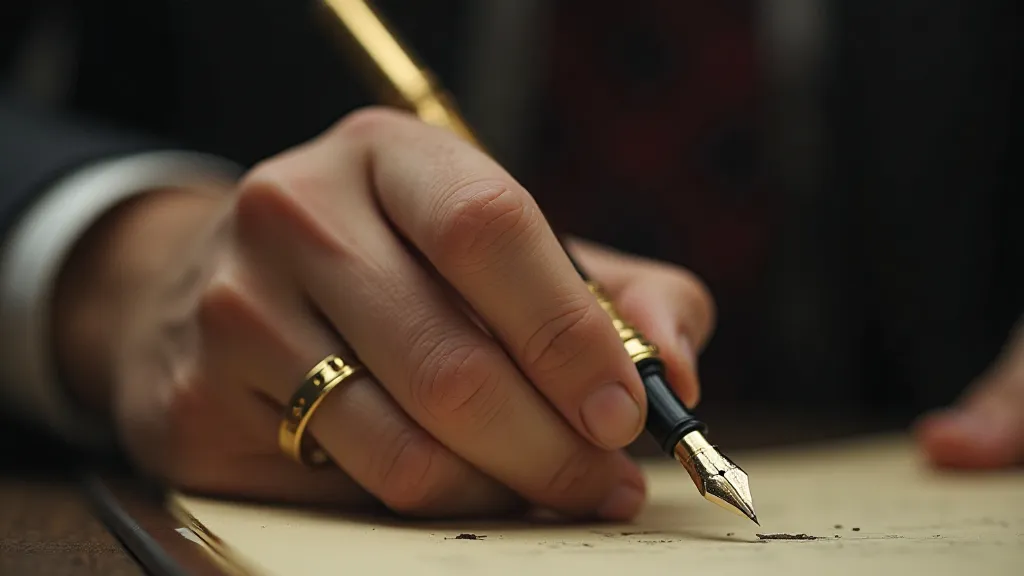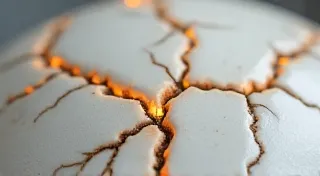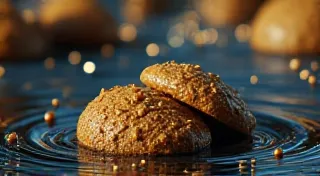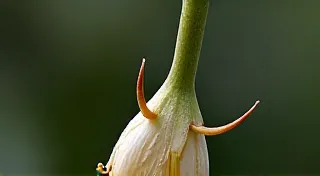A Pen's Requiem: When Restoration is Not an Option
There’s a particular ache that settles in the heart when you hold a pen destined not for restoration, but for remembrance. It's a different feeling than the satisfaction of bringing a tarnished nib back to a smooth glide, or piecing together a fractured barrel. It’s a quiet sorrow, a recognition of loss. We dedicate this website to the revival of vintage calligraphy pens, breathing new life into tools that once flowed with ink and artistry. But the truth is, not every pen can – or *should* – be saved. Sometimes, the damage is simply too profound, the history too fragile to be forcibly resurrected. This isn't a failure; it's an understanding.
My grandfather, a meticulous clockmaker, instilled in me a respect for the passage of time and the inevitability of decay. He’s the one who first introduced me to the beauty of obsolete machinery, the intricate dance of gears and springs long silenced. He taught me that attempting to force a broken mechanism back to life could often do more harm than good, obscuring the story etched into its deterioration. The same principle applies to pens. A pen isn't just metal and plastic; it’s a repository of moments, a silent witness to countless thoughts and creations. Attempting a restoration that disregards this legacy is a form of disrespect.
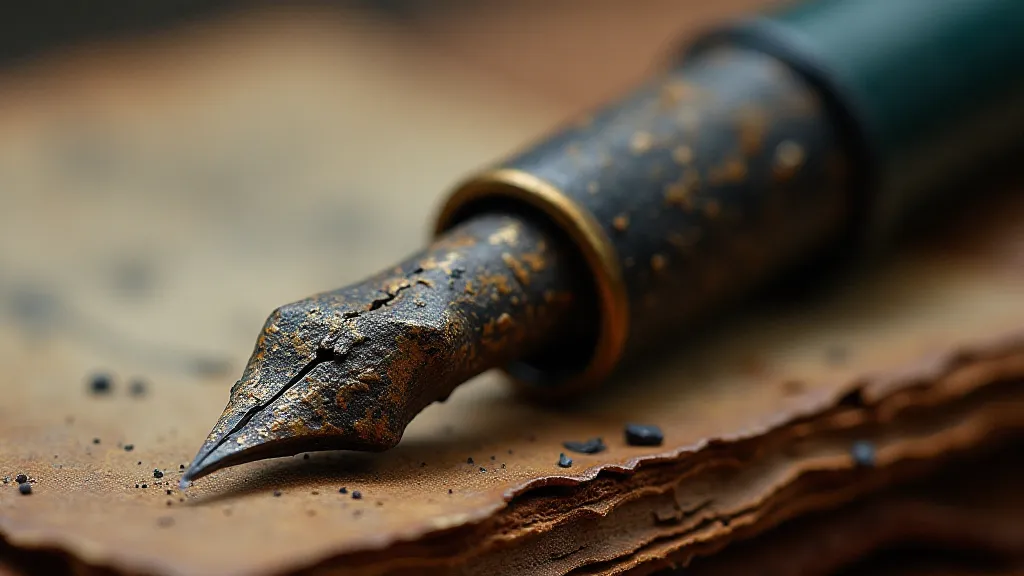
The Weight of History: More Than Just Material Damage
The damage we encounter during pen restoration can be categorized broadly – physical and historical. Physical damage is readily apparent: cracks, breaks, corrosion, lost components. These are the challenges we often strive to overcome. But it’s the historical damage that truly dictates whether a pen is a candidate for restoration, or a subject for respectful consideration. A pen that has been melted, chemically attacked, or subjected to extreme heat will likely have its structure fundamentally compromised. The metal may be brittle, the plastic warped beyond recognition. Even if we could physically repair it, the integrity of the writing experience would be lost.
Consider a pen that served as a child’s makeshift toy, gnawed on and dropped countless times. Or one that languished forgotten in a damp basement, its metal slowly eaten away by relentless moisture. Each imperfection tells a story, a testament to its life. Attempting to erase those marks, to return it to a pristine state, would be to silence that narrative. The subtle discoloration on a barrel, the tiny dent in a cap – these aren't flaws; they’re fingerprints of time.
The Craftsmanship Lost and the Stories Unwritten
Vintage calligraphy pens were often the products of exceptional craftsmanship. The nibs, painstakingly ground and polished, represented a dedication to precision that is rarely seen in modern manufacturing. The barrels, often crafted from ebonite or other beautiful materials, showcased a mastery of artistry. A pen in good condition isn't just a writing tool; it's a piece of art. But when a pen reaches a point of irreparable damage, recognizing its lost potential becomes particularly poignant.
I once encountered a Parker Duofold, a pen celebrated for its elegant design and impeccable writing performance. It had been crushed under a heavy object, the barrel shattered into several pieces. While technically possible to piece it back together, the structural integrity would have been irrevocably compromised. The inherent beauty of the design – the subtle curves, the vibrant color – would have been marred by the crude joins and visible repairs. To force it back into existence would be to betray its original intention, to diminish the legacy of the artisans who created it.
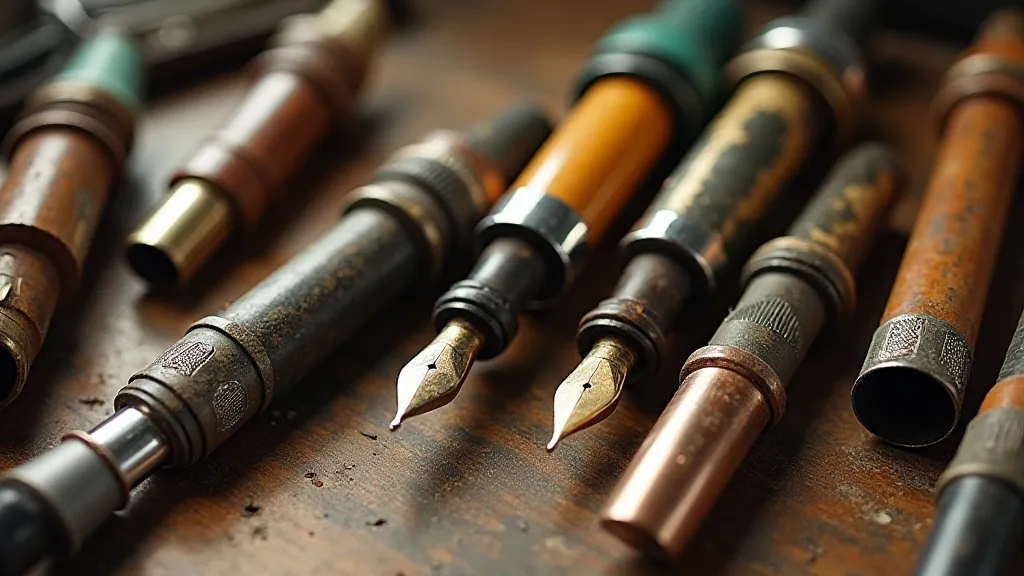
Beyond Repair: Preservation and Remembrance
So, what do we do when a pen is beyond restoration? The answer lies in embracing a different approach – preservation and remembrance. Instead of attempting to force a revival, we can focus on documenting its story, honoring its legacy. This might involve carefully photographing the pen, noting its markings and identifying any unique features. Researching its history – the company that made it, the materials used, the era it represents – can add further depth to its narrative.
There's a profound satisfaction in being a custodian of these fragile artifacts, even if we cannot actively restore them. Displaying them in a protective case, alongside a written account of their history, can be a powerful way to share their story with others. Perhaps a local historical society would be interested in acquiring the pen for their collection, ensuring that it is preserved for future generations.
A Silent Echo of Creativity
The realization that a pen is beyond restoration can be disheartening. It challenges our desire to bring life back into forgotten objects. But it also offers a valuable lesson: that true respect for history lies not always in resurrection, but in understanding and remembrance. Each pen tells a story, a silent echo of creativity and craftsmanship. And sometimes, the most fitting tribute we can offer is to allow those stories to fade gracefully, knowing that they have been heard.
It's a quiet sorrow, that acceptance. But within that sorrow lies a profound appreciation for the enduring power of objects, the fragility of time, and the beauty of a pen’s requiem.
